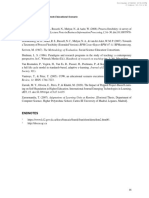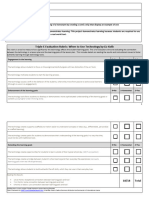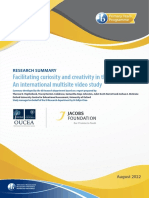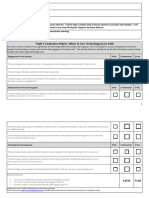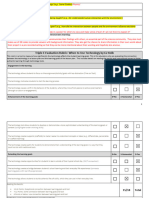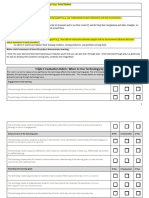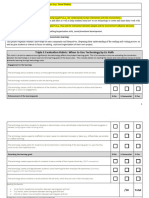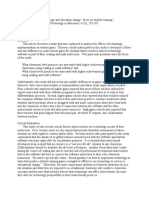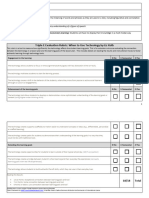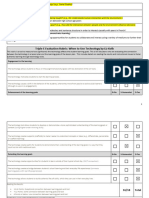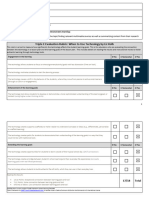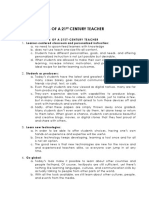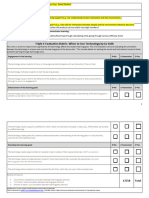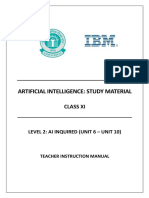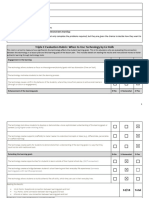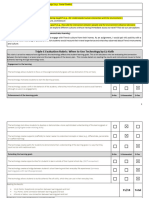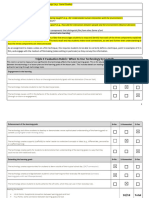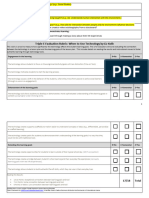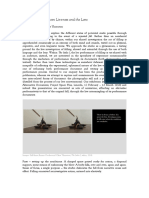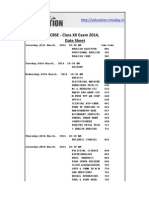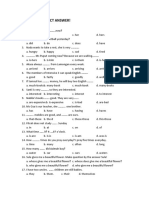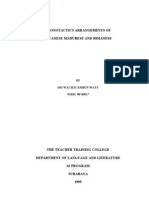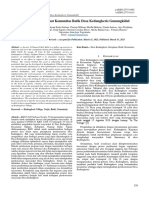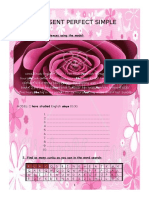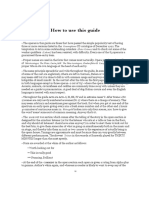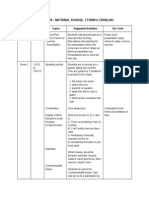0% found this document useful (0 votes)
35 views42 pagesUnit 5 Students
The document discusses the importance of design in teaching, emphasizing that effective teaching involves understanding student needs and adapting lessons accordingly. It outlines the concept of design thinking, which includes user-focused solutions and flexibility, and provides examples of how teachers can implement design principles in the classroom. Additionally, it highlights the challenges teachers face in designing lessons and suggests strategies to improve their design skills, including collaboration and utilizing student feedback.
Uploaded by
Trà PhạmCopyright
© © All Rights Reserved
We take content rights seriously. If you suspect this is your content, claim it here.
Available Formats
Download as PDF, TXT or read online on Scribd
0% found this document useful (0 votes)
35 views42 pagesUnit 5 Students
The document discusses the importance of design in teaching, emphasizing that effective teaching involves understanding student needs and adapting lessons accordingly. It outlines the concept of design thinking, which includes user-focused solutions and flexibility, and provides examples of how teachers can implement design principles in the classroom. Additionally, it highlights the challenges teachers face in designing lessons and suggests strategies to improve their design skills, including collaboration and utilizing student feedback.
Uploaded by
Trà PhạmCopyright
© © All Rights Reserved
We take content rights seriously. If you suspect this is your content, claim it here.
Available Formats
Download as PDF, TXT or read online on Scribd
/ 42



